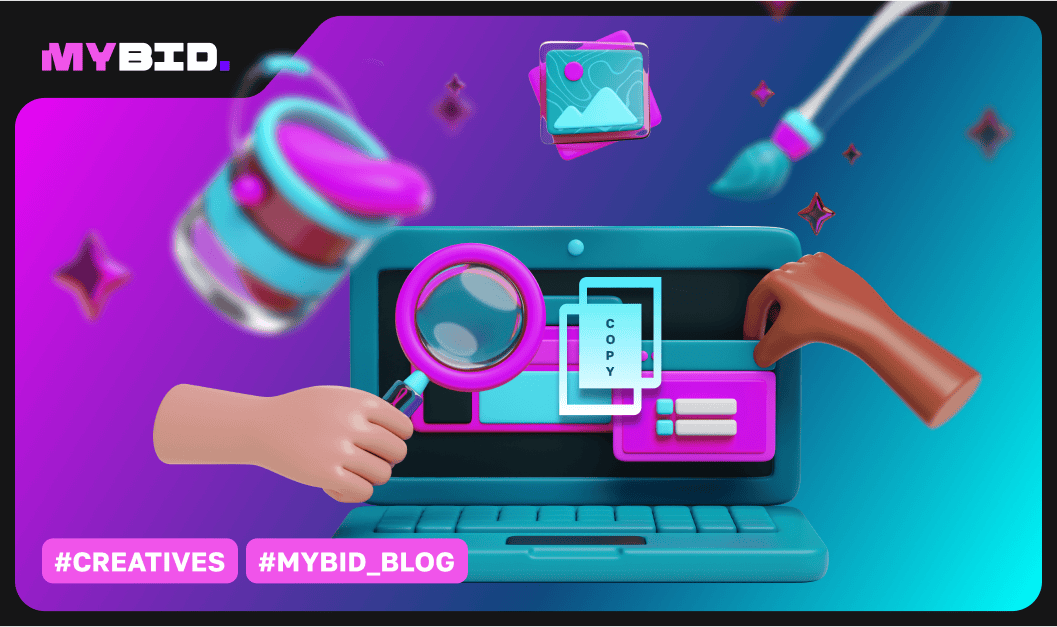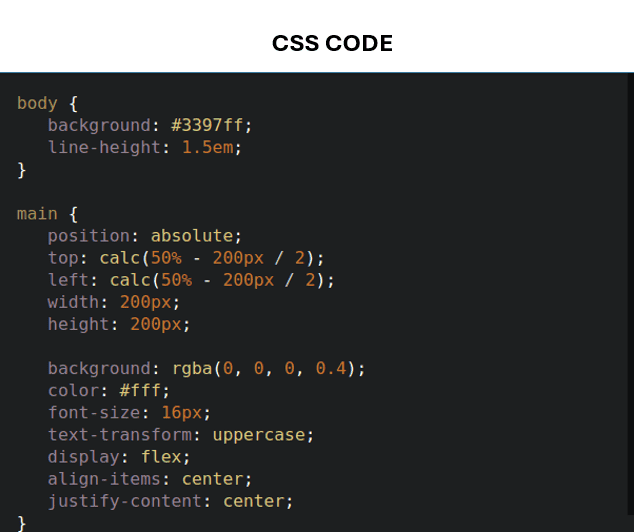
These days, successful affiliate marketers need to know a lot about different things. You need to know how to create ads that convert, analyze traffic, and understand the ins and outs of payments and advertising.
Technical skills are important too: you need to know how to create and upload websites, set up Cloudflare, manage domains, and more.
Sure, you can learn all these technical skills, like HTML, security to prevent hacking, working with CMS and DNS servers, and SEO. But that takes a lot of time and money.

However, there is an easier way. You can copy an existing website, tweak it if necessary, and use it as you wish. In this article, we’ll look at how to copy a website and the details you need to know about copying and adapting websites.
What happens when you want to open a webpage and click a link in your browser? Here’s a simple breakdown:

If you visit the website often, the browser will save a copy of the page to load it faster next time. But remember, you can't edit this saved page.
This is one of the easiest ways to copy a website with all its content is to:
This will save the webpage to your computer. However, there are some drawbacks:
The saved page won’t give you access to the website’s source code. You’ll only get a basic version of the page, not the full underlying code.
You need special permissions to access the full page code and resource files. Without these, you’ll only get a simple version of the webpage.
Some files might not save correctly, which can mess up the website. For example, images might not display correctly on a landing page.
Another way to copy a website is by using Developer Tools in your web browser. This method is useful because it lets you copy both the source code and the file structure of the webpage. Here’s how to do it:
Open your web browser.
Tips for using developer tools
If the file name doesn’t copy automatically, you’ll need to copy it yourself. Ignore anything after a question mark (“?”) in the file name.
To download an image, click on it in the left panel, right-click on the image, and select “Save As”.
Repeat this process for all the pages of the website to get a complete copy.
A more advanced method used by affiliate marketers is parsing. Parsers are tools that automatically collect information from websites. There are different types of parsers for various tasks, like social media or marketplace data.
Parsers use a language called XPath to request specific parts of a webpage and download the necessary information. This method saves a lot of time and helps organize the files correctly.
Here’s how to use a parsing service:
However, remember that all these methods have a common drawback: they only copy the content, not the source code.
Recommended parsers
One popular parser is Cyotek WebCopy. It has many useful features including:

In addition to Cyotek, affiliates also use parsers such as HTTrack and Teleport Pro to download websites.
When you try to copy a website, you might run into some issues. Here are some common problems:
Also, if the website was made using a CMS with PHP, it’s likely you won’t get an exact copy because you can't change PHP code without server access.
On the bright side, simple landing pages made with HTML, JavaScript, and CSS are usually easier to copy correctly.
Once you’ve downloaded a landing page, you’ll face two main questions: how to edit it and how to get traffic. We’ll talk about editing later. For traffic, MyBid is a good source. MyBid offers traffic from over 200 geos and has a system to filter out bots. In addition, MyBid operates under a fully managed system where a personal manager helps with everything from setup to optimization of your ad campaign.
Once you've downloaded a website, the next step is to edit it so it matches what you're looking for. Here's a simple step-by-step plan for modifying the website:

There's another method that's quicker for editing multi-page websites. You can use a combination of the Web-Archive scanner and R-Tools service.
Wayback Machine is the largest online archive of websites, holding over 866 billion pages. You can use its scanner to save a competitor’s landing page. Then, with R-Tools, you can unpack this archive and get the files from that landing page. After that, just upload the website to your hosting, connect it to your domain, and update the file paths.
Let's talk about how to work with CMS (Content Management Systems). The most popular ones are WordPress, Tilda, Bitrix, and Joomla.

Copying a website with a CMS like WordPress is similar to regular website duplication, but there are special tools to make it easier. One popular tool is the Wpgrabber plugin.
Wpgrabber also has a built-in translator. For example, you can take a Spanish competitor’s landing page and automatically translate it into Italian.

Webmasters often use Tilda for creating landing pages because it's user-friendly and supports multiple accounts.
To make a full copy of a Tilda website, you need to use the control panel. Tilda also allows you to transfer the original website code, but this feature is only available to users on the Business plan.
For copying websites from Tilda, you can use regular parsers (though they might not work perfectly) or a special Telegram bot called DevMode, which offers one free test copy. DevMode can copy most elements except product cards and complex animations, but the developers are working on adding these features.
The copying process with Bitrix, like other CMSs, depends on whether you have access to the control panel.
Joomla! is another popular CMS. The process for copying a website depends on whether you have control panel access.
Even a beginner in affiliate marketing can create an exact copy of a website. All you need to learn are the basics of “Developer Tools,” parsing, and some other specialized services.
However, there are some limitations to be aware of when copying pages: large file sizes, issues with copying certain elements, and the inability to download someone else's source code, among other things.
Still, the skills you gain are enough to download landing pages and pre-landing pages for affiliate marketing. To start getting traffic with MyBid, you just need to set a budget and prepare some creatives (you can consult a personal manager if needed). Then, thanks to the fully managed system, your advertising campaign will bring traffic to your website without you having to do much.